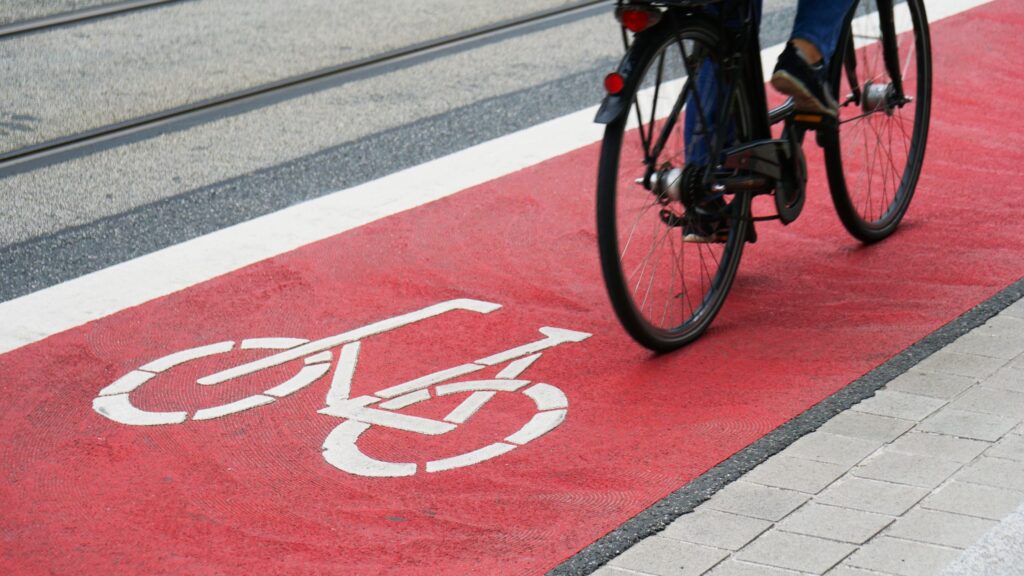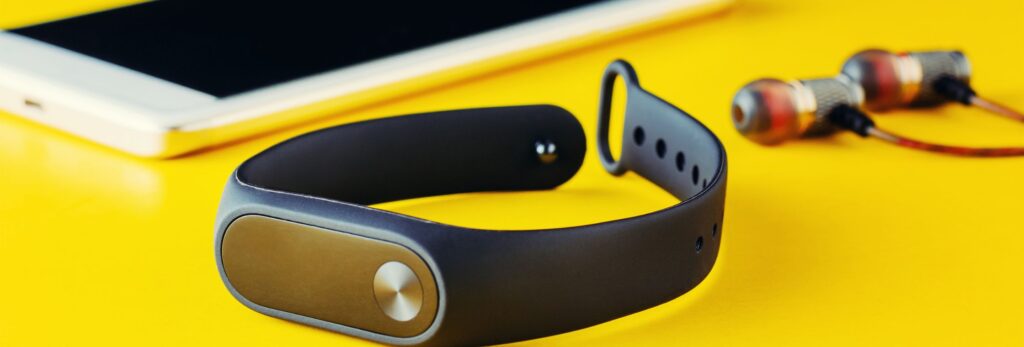Does Fitbit Track Cycling Distance?
Introduction
Among fitness enthusiasts who use Fitbit devices to monitor their cycling workouts, the question is commonly asked: “Does Fitbit track cycling distance?” Cycling is a popular form of exercise, and users want to ensure that their Fitbit accurately records the distance covered during cycling activities. In this article, we will explore how Fitbit track cycling distance, the technology behind it, and any considerations users should be aware of for accurate distance measurement.
Table of Contents
What This Post Covers
In this comprehensive guide, we will cover:
- How Fitbit tracks different activities, including cycling.
- The methods and sensors used by Fitbit for distance measurement.
- Factors that can influence the accuracy of cycling distance on Fitbit.
- Tips and best practices for optimizing cycling distance tracking.
- Common misconceptions and troubleshooting tips.

How Does Fitbit Track Cycling Distance?
Sensor Technology
Fitbit uses a combination of sensors to track cycling distance, including:
- Accelerometer: Measures movement and intensity to estimate distance.
- GPS (in some models): Provides precise location data for outdoor cycling activities.
Algorithms and Data Analysis
Fitbit’s algorithms analyze data from sensors to calculate cycling distance based on movement patterns, speed, and duration. GPS-enabled devices can provide more accurate distance measurements for outdoor cycling by mapping routes and calculating actual distances traveled.
Factors Influencing Distance Accuracy
GPS Availability
Fitbit devices with built-in GPS offer more accurate distance tracking, especially for outdoor cycling. GPS provides real-time location data, allowing for precise distance calculations.
Cycling Conditions
Environmental factors such as terrain, elevation changes, and signal interference can affect distance accuracy during cycling. Clear line-of-sight to GPS satellites and consistent conditions can improve accuracy.
Device Calibration
Proper calibration of Fitbit devices, especially those without GPS, is essential for accurate distance measurement. Users should input accurate stride length and ensure consistent wear and placement of the device.
How Fitbit Track Cycling Distance?
Fitbit employs various sensors and algorithms to track cycling distance, primarily utilizing accelerometers and GPS (in some models). The accelerometer measures movement and intensity, while GPS provides precise location data for outdoor cycling. However, challenges such as signal loss, environmental factors, and device calibration can affect distance accuracy. To optimize distance tracking, users can ensure GPS availability, calibrate their devices accurately, and maintain a stable signal connection during cycling workouts. Understanding these factors is essential for users looking to leverage Fitbit for accurate cycling distance monitoring.
Tips for Optimizing Cycling Distance Tracking
Use GPS (if available)
For outdoor cycling, use a Fitbit device with built-in GPS to ensure accurate distance tracking. GPS provides real-time location data and precise distance measurements.
Calibrate Your Device
Calibrate your Fitbit device by entering accurate stride length and ensuring proper wear and placement. Regular calibration helps maintain accuracy over time.
Maintain Signal Connection
Ensure a stable connection to GPS satellites and minimize signal interference during outdoor cycling. Avoid dense tree cover, tall buildings, or areas with poor GPS reception for accurate distance tracking.

Common Misconceptions and Troubleshooting
Inaccurate Distance Readings
If you notice discrepancies in distance readings, recalibrate your Fitbit device and ensure GPS is enabled for outdoor cycling. Check for signal interference or environmental factors that may affect accuracy.
Indoor Cycling Tracking
Fitbit can track indoor cycling activities, but distance measurements may be estimated based on movement and intensity. Manually select the “Indoor Cycling” activity mode for more accurate tracking.
Conclusion
In conclusion, Fitbit can track cycling distance using a combination of sensors and algorithms. Users can optimize distance tracking accuracy by using GPS-enabled devices for outdoor cycling, calibrating their devices accurately, and maintaining a stable signal connection during workouts. Understanding the factors influencing distance accuracy and following best practices ensures users can effectively monitor their cycling activities using Fitbit devices.
Frequently Asked Questions
1. Can Fitbit track distance during indoor cycling?
Fitbit can estimate distance during indoor cycling based on movement and intensity. Users should manually select the “Indoor Cycling” activity mode for more accurate distance tracking.
2. How does Fitbit calculate cycling distance without GPS?
Fitbit calculates cycling distance without GPS by analyzing movement patterns and speed using the accelerometer. Users should calibrate their devices accurately for optimal distance measurement.
3. Can Fitbit track cycling distance on all device models?
Fitbit devices with built-in GPS offer more accurate distance tracking for outdoor cycling. Users should check the specifications of their device to determine if it includes GPS capabilities.
4. Why are there distance discrepancies on Fitbit during cycling?
Distance discrepancies on Fitbit during cycling can occur due to factors such as GPS signal loss, environmental conditions, or improper device calibration. Regular calibration and maintaining signal connection can help improve accuracy.
5. Can Fitbit track cycling distance on a treadmill?
Fitbit can track distance on a treadmill based on movement and intensity, but it may not be as accurate as outdoor cycling. Users should manually select the “Treadmill” activity mode for treadmill workouts.

My name is Oje and I’m obsessed with finding the latest tech gear to help people track progress and solve problems more efficiently. I spend countless hours researching and testing innovative apps, wearables, and devices for fitness, health, productivity, and more.
